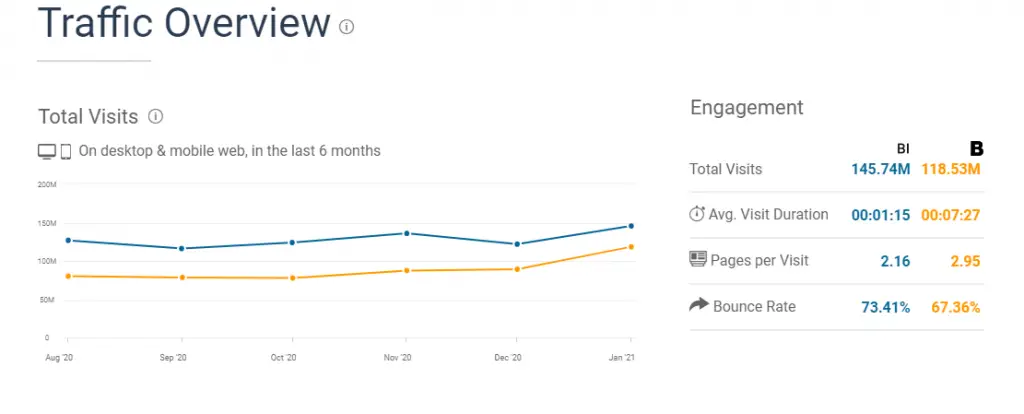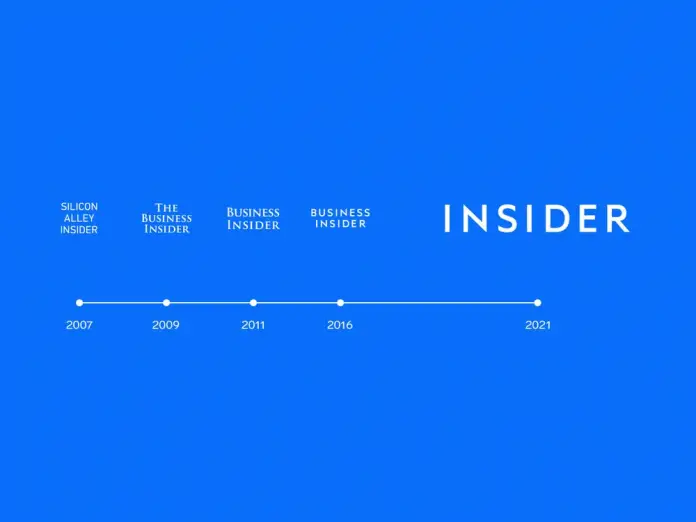My first exposure to Business Insider was through Wikipedia when I just was reading some info about media-companies. As far I remember that moment, it was in 2014, maybe 2015. Until then, I had never visited the site (or at least I didn’t think I had), so I didn’t know almost anything about that media. Business Insider originally positioned itself as a business and political news outlet, but then added technology, culture, and lifestyle topics coverage to the mix. Overall, it seems that Business Insider occupied (or wanted to occupy) a niche of delivering quality stories covering politics, business, investing, and tech for high-net-worth people and compete with Bloomberg, Reuters, and some other media that already existed till that moment. One of its outstanding advantages was the speed of posting new stories, it was much faster than in other media. Business Insider was hiring more authors and was focused on creating as much as possible content. Of course, sometimes it damaged the content’s quality, but it was justified in terms of visitors.
Still, I saw Business Insider as a competitor to Bloomberg, at least I thought BI looked like a respectable source that focused on quality journalism for people with high income. The turning point was when I was looking for how to fix my Apple TV and found an article on Business Insider describing what I could do. It was extremely strange at the time, as I couldn’t imagine finding something like that on Bloomberg or Reuters.
Business Insider is a real success story. Axel Springer bought Business Insider for almost $450 million in 2015, and it was a huge amount. From that point of view, the publication has never had a problem. However, I could be wrong, but I think Business Insider has failed in the business niche. Yes, Insider was able to reach an audience of about 100 million readers a month, which is higher than Bloomberg, for example. SimilarWeb estimates about 145 million visitors as of January 2021, 30 million more than Bloomberg. But it’s important to look at who exactly is coming to businessinsider.com.

As you can see, Business Insider is doing well (even extremely well) in terms of visitor numbers. However, I have some questions about the average duration of a visit (it is almost 7 times less than Bloomberg’s).
It is even more interesting to analyze the traffic sources. Business Insider has almost 70% of its traffic coming from organic search and only 15% coming directly to the site (compared to 45% from search and 35% of direct visits on Bloomberg).
These are, let’s be honest, not good numbers for a publication that positions itself as a place where readers can get information from the world of business and politics. In fact, most visitors come to Business Insider through searches looking for specific information. The publication has never managed to become a place for general reading, something like a place where people come just to find out what’s new and what’s going on.

An even more interesting is to at the keyword and competitor analysis on SEM Rush.

As you can see, Business Insider’s competitors by keywords don’t include Reuters or Bloomberg, but there’s Lifewire, that focuses on tech tips and how-to’s. That’s, Business Insider gets a significant portion of its traffic not from news and stories covering the business world or politics, but from evergreen content like “How to fix my iPhone”. That’s not bad, of course, but it goes against the company’s original plan and mission, I think.
You can compare this to Bloomberg’s competors’ analysis.

As you can see, Bloomberg’s biggest competitors in terms of search traffic remain CrunchBase, MarketWatch and Reuters. Seems much more in line with company’s main specification.
Don’t get me wrong, I don’t mean anything bad about Business Insider. Henry Blodget established and led a powerful media network that publishes dozens of articles every day. However, the company has failed to become a real competitor to business publications and has remained something like CNet, but with a focus on business and political topics.
Given all of the above, dropping the “Business” looks logical, as it will allow the company to concentrate on creating real mass-media, without having to follow the “red lines” of matching its Business name. And looking at it from this perspective, the goal of 1 billion visitors per month (on all versions of the publication combined) doesn’t look so unrealistic.






